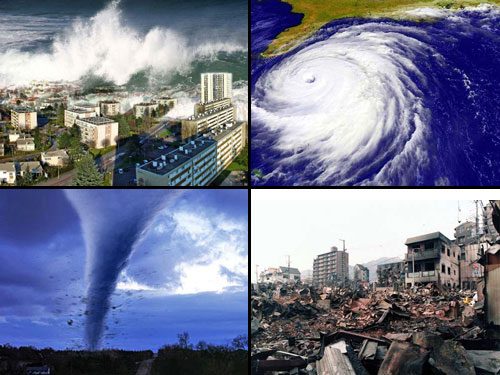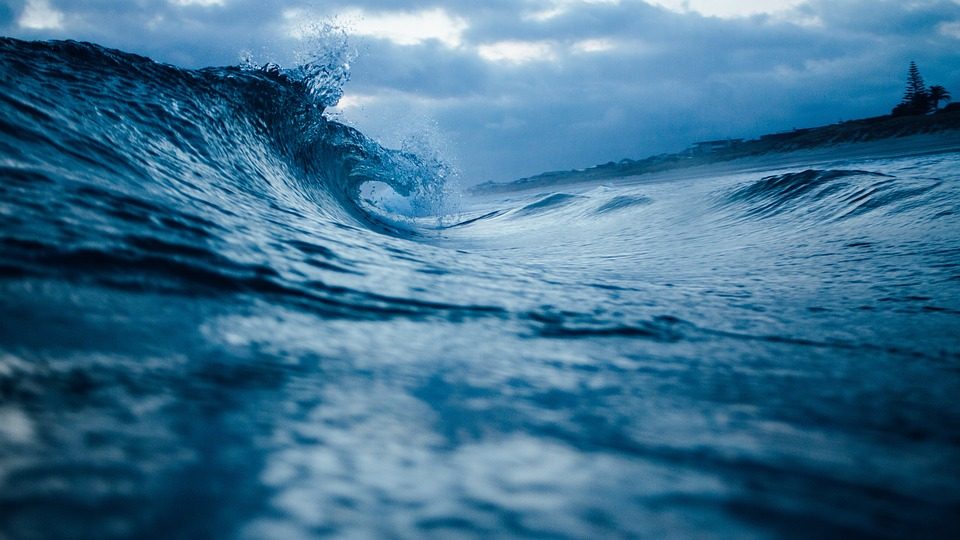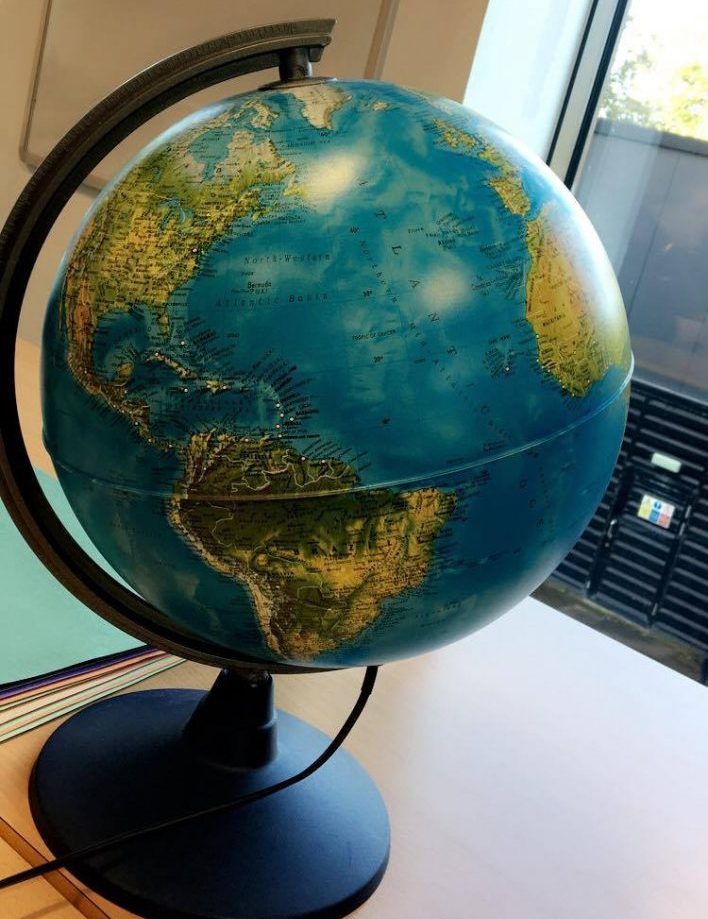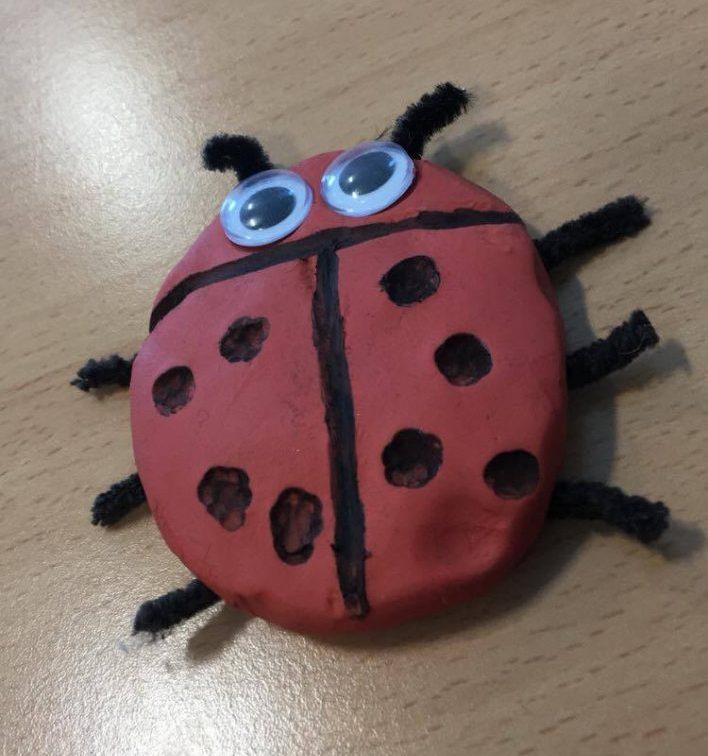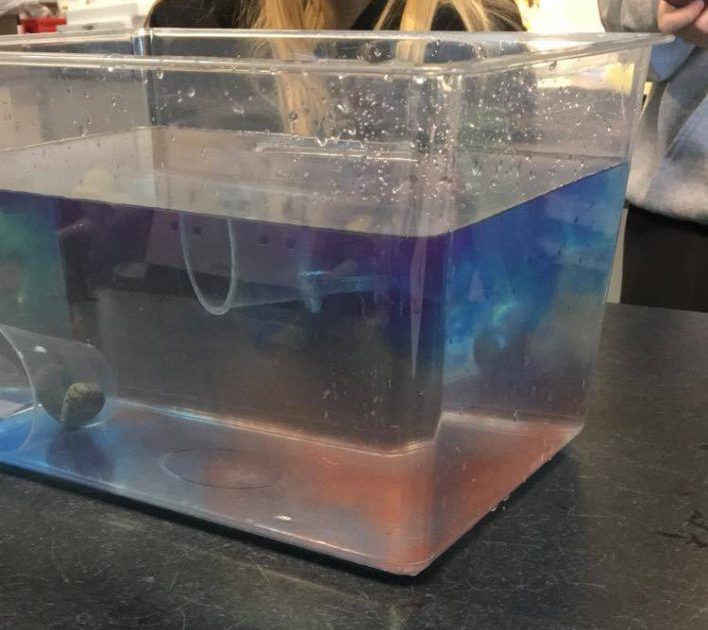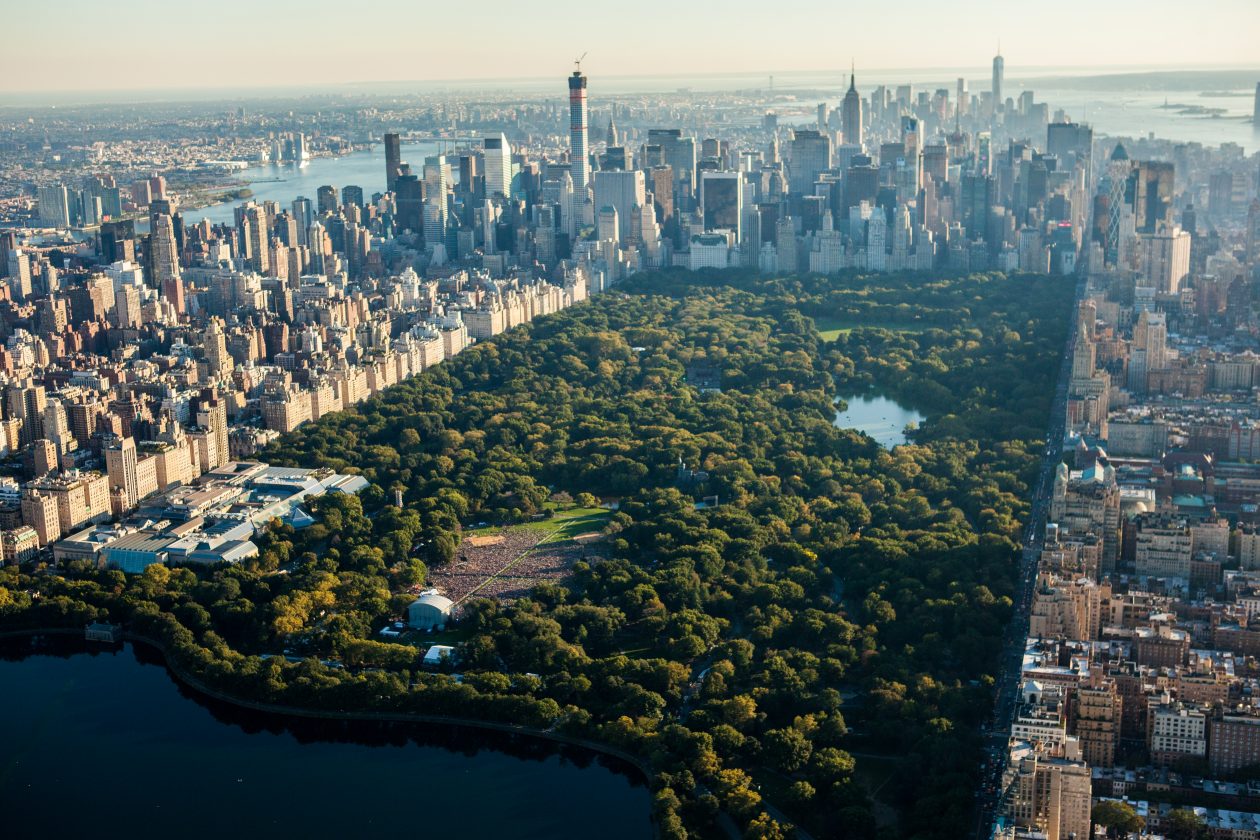In this theme we have looked at the definition of a natural disaster, what classes as a natural disaster and how we could teach this subject in a classroom. There are many different types of natural disaster but here are a few examples: Tsunami, Earthquake, Hurricane, Flood, Tornado, Forest Fire and Typhoon. A disaster is defined as “a sudden, calamitous event that seriously disrupts the functioning of a community or society and causes human, material, and economic or environmental losses that exceed the community’s or society’s ability to cope using its own resources. Though often caused by nature, disasters can have human origins.” (IFRC, n.d.).
Skills I have developed throughout this theme are:
- Presentation
- Investigation
- Confidence
- Public Speaking
- Practical skills – experiments etc.
When teaching children about natural disasters you have to be sensitive of their age, maturity and previous experiences. I would say that the younger the children are the more sensitive the information you give them in regards of injury and death tolls. As the children move up through the school they will begin to understand more of the language used when describing natural disasters, and although I wouldn’t give statistics of deaths and injuries, you could mention that the numbers are high.
I would start off with a simple definition of what a natural disaster is, then I would ask the class if they know what kinds of natural disaster there are. Then in groups the children would research a given natural disaster and present their findings to the class. We would then look at different experiments relating to natural disaster, some examples can be seen below. The children could then do a writing exercise where they have to come up with a plan for how they would prepare and execute escape for an imminent disaster.
- Volcano – the children could make their own mini volcano
- Tsunami – show the children how a tsunami is made my having ‘tectonic plates’ under the ‘ocean’ move
- Earthquake – the children build mini buildings from various materials and then they go through an ‘earthquake’ and see if any collapse/stay standing
- Tornado – using the paper and lamp method, the children can make their own Tornado
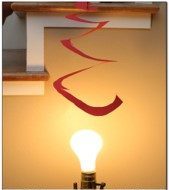
These are the experiences and outcomes that could be used for the topic of disasters:
- I have collaborated in activities which safely demonstrate simple chemical
reactions using everyday chemicals. I can show an appreciation of a chemical
reaction as being a change in which different materials are made.
SCN 2-19a - I can make notes, organise them under suitable headings and use them to understand information, develop my thinking, explore problems and create new texts, using my own words as appropriate.
LIT 2-15a - I can convey information, describe events, explain processes or combine ideas
in different ways.
LIT 2-28a - As I write for different purposes and readers, I can describe and share my
experiences, expressing what they made me think about and how they made
me feel.
ENG 2-30a - I can create and present work that shows developing skill in using the visual
elements and concepts.
EXA 2-03a - By comparing my local area with a contrasting area outwith Britain, I can
investigate the main features of weather and climate, discussing the impact on living things.
SOC 2-12a - I can explain how the physical environment influences the ways in which
people use land by comparing my local area with a contrasting area.
SOC 2-13a
Useful Resources
https://www.reachoutreporter.com/feature/hurricane-hunters/
https://weather.com/storms/hurricane-central/

